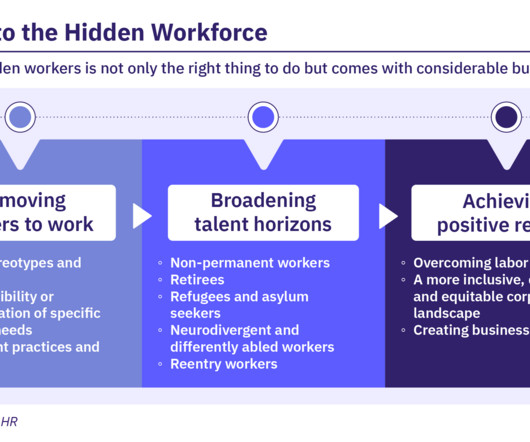5 Ways to Promote Neurodiversity in the Workplace
Vantage Circle
JUNE 26, 2023
It was in fact one of the few companies to do so in the world of global hiring. Companies have revamped their recruitment and hiring processes to be more inclusive, implementing alternative assessment methods and considering diverse communication styles during interviews. employers offer sensory rooms to their employees.
















Let's personalize your content